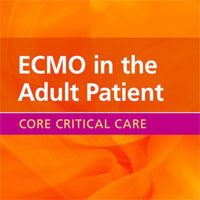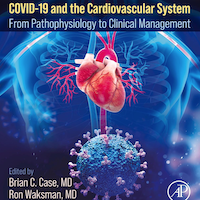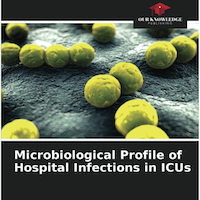Tag: mechanical ventilation

ECMO for Adult Respiratory Failure: 2017 Update
The use of extracorporeal membrane oxygenation (ECMO) for respiratory failure in adults is growing rapidly, driven in large part by advances in technology, which have made ECMO devices easier to implement, safer and more... read more

Humidification During Mechanical Ventilation: A Systematic Review
Mechanical ventilation (MV) suppresses the mechanisms that heat and moisturise inhaled air; hence, humidification is mandatory during MV. However, a systematic review published in the journal Critical Care finds no clear... read more

Transthoracic echocardiography: an accurate and precise method for estimating cardiac output in the critically ill patient
Cardiac output (CO) monitoring is a valuable tool for the diagnosis and management of critically ill patients. In the critical care setting, few studies have evaluated the level of agreement between CO estimated by transthoracic... read more
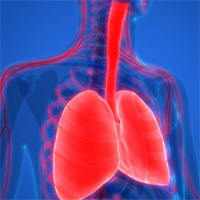
Using Ventilator to Control Oxygen May Be COPD Game-changer
Using a ventilator to control the level of supplemental oxygen a chronic obstructive pulmonary disease (COPD) patient receives halved patients' trips to the hospital from disease flare-ups, according to a clinical trial. British... read more
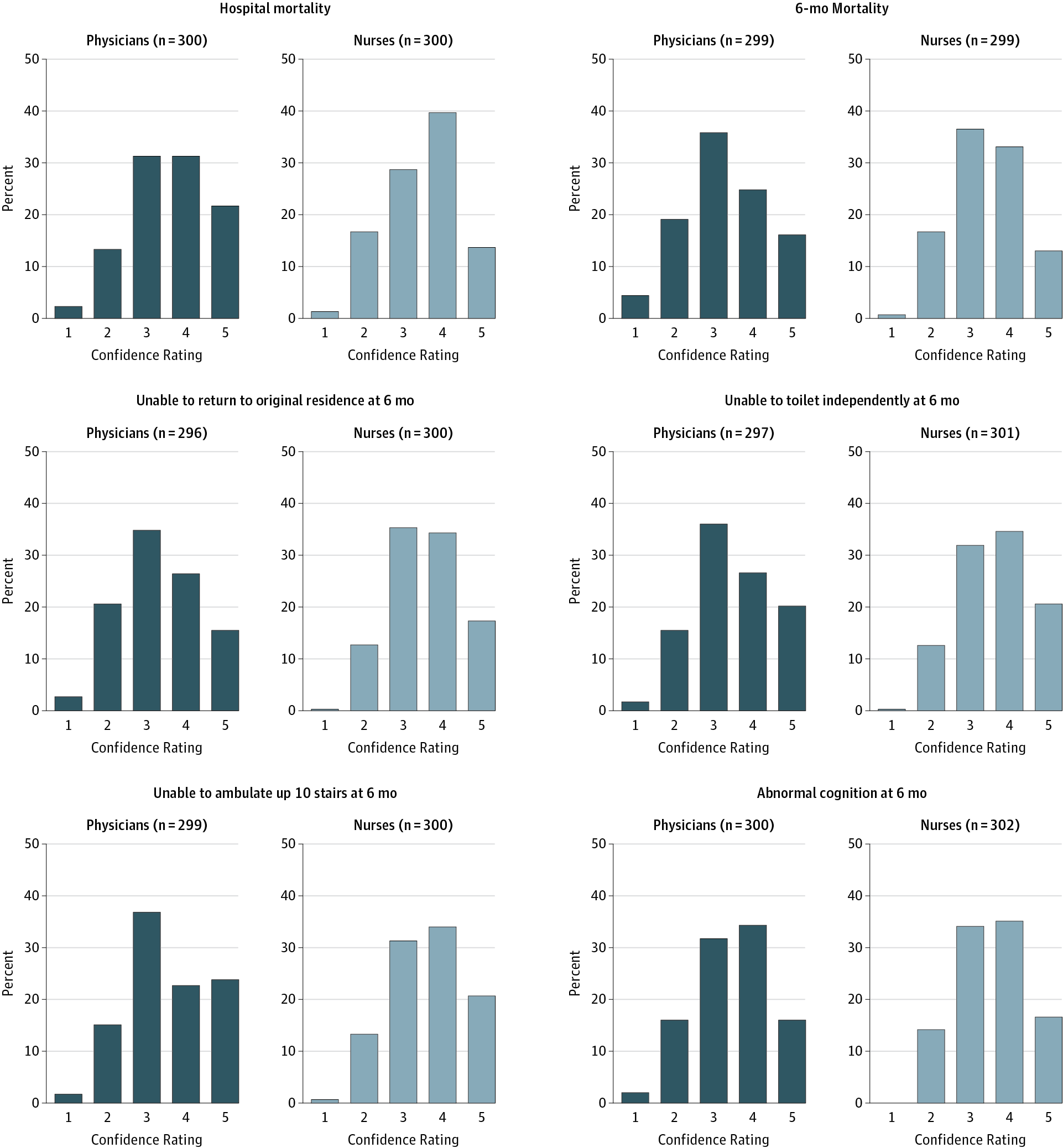
Prediction of Survival and Functional Outcomes After ICU Admission
This study assesses the 6-month discriminative accuracy of patient mortality and functional outcome predictions made by intensive care unit (ICU) physicians and nurses at the time of ICU admission. Intensive care unit physicians'... read more

Clinical Practice Guideline: Mechanical Ventilation in Adult Patients with ARDS
An Official American Thoracic Society/European Society of Intensive Care Medicine/Society of Critical Care Medicine Clinical Practice Guideline: Mechanical Ventilation in Adult Patients with Acute Respiratory Distress Syndrome.... read more

Identifying barriers to delivering the ABCDE bundle to minimize adverse outcomes for mechanically ventilated patients
Improved outcomes are associated with the Awakening, Breathing Coordination, Delirium and Early mobility/exercise (ABCDE) bundle; however, implementation issues are common. As yet, no study has integrated the barriers to... read more
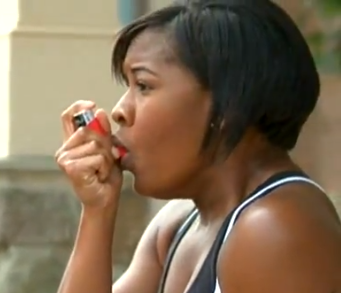
Extra Corporeal Carbon Dioxide Removal
In patients with chronic obstructive airway disease and hypercapneic acidosis, who are failing non-invasive ventilation, does extra corporeal carbon dioxide removal compared to non-invasive ventilation alone, reduce the... read more
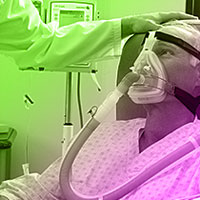
Spontaneous Breathing during Mechanical Ventilation. Risks, Mechanisms, and Management
Spontaneous respiratory effort during mechanical ventilation has long been recognized to improve oxygenation, and because oxygenation is a key management target, such effort may seem beneficial. Also, disuse and loss of peripheral... read more

Pricey Technology Is Keeping People Alive Who Don’t Want to Live
As an ICU physician, I’ve used technologies like breathing machines and feeding tubes to save lives that would have been lost just a few decades earlier. But I’ve also seen the substantial costs, both human and financial,... read more

Family Responses to Prognostic Information in Chronic Critical Illness
Prognostic disclosure by skilled clinician communicators evokes a repertoire of responses from surrogates for the chronically critically ill. Recognition of these response patterns may help all clinicians better communicate... read more
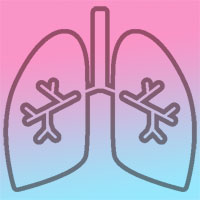
Use of ‘tidal volume challenge’ to improve the reliability of pulse pressure variation
Fluid loading is usually the first step in the resuscitation of patients with acute circulatory failure. Fluid responsiveness is defined as the ability of the left ventricle to increase its stroke volume in response to fluid... read more

Anesthesiologists Found Underreporting Medication Errors
Medication errors are apparently significantly underreported by anesthesia providers, at least at certain institutions. These recent findings may reflect a culture of underreporting or fear of punitive action, despite the... read more
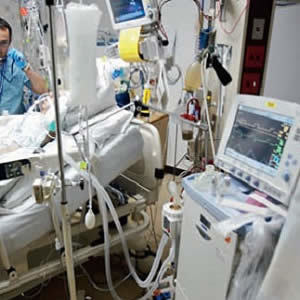
Mechanical Ventilation: Which Patients Benefit from High PEEP?
Among patients with hypoxaemia after cardiac surgery, the use of an intensive alveolar recruitment strategy compared with a moderate recruitment strategy resulted in less severe pulmonary complications during the hospital... read more

Clinical review: The ABC of weaning failure
About 20% to 30% of patients are difficult to wean from invasive mechanical ventilation. The pathophysiology of difficult weaning is complex. Accordingly, determining the reason for difficult weaning and subsequently developing... read more
Vitamin D and outcomes in adult critically ill patients
In critically ill patients, vitamin D administration might be associated with a reduction in mortality without significant adverse events. A large multicenter randomized trial should conclusively confirm these findings. Seven... read more

An Educational Intervention Optimizes the Use of Arterial Blood Gas Determinations Across ICUs
The large scale implementation of guidelines for ABG use reduced the number of inappropriately ordered ABG determinations over seven different multidisciplinary ICUs, without negatively impacting patient care. We saw a reduction... read more







